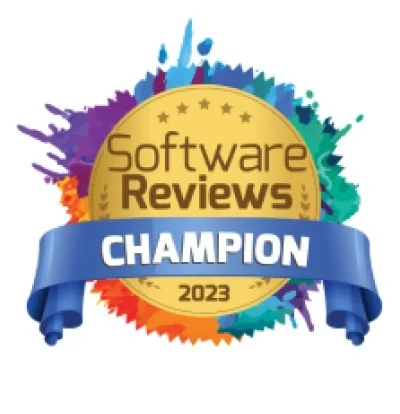Data asset management is the process of acquiring, tracking, utilizing, optimizing and leveraging data assets to create value. Without management, all types of data assets quickly become liabilities.
This is obvious when it comes to physical assets. For real-estate investors, their properties are their assets. No self-respecting real-estate investor would buy properties, fix them up a little, see if he could find renters, and then proceed to ignore the properties unless an indignant renter complains about a problem. For potential assets to become actual, value-creating assets, they need to be managed: kept track of carefully, utilized appropriately, improved consistently and leveraged wisely.
It is no less true – although not as obvious – when it comes to data assets. Creating or acquiring data (which most modern organizations do constantly), only to dump it into a data lake or data warehouse and forget about it until there’s a pressing need or an issue, will severely limit the amount of value you generate from your data. Data asset management is essential to turning your data into a source of competitive advantage.
Data asset management areas
Accessibility
If you have physical assets perched at the top of Mount Everest, or smack in the middle of the Sahara Desert, you’re not going to see much interest in or use out of them. Your data assets can be deceivingly close by (“I can access my whole data warehouse from my laptop!”) and yet so totally inaccessible (“How do I find anything in here?”).
Access, when it comes to data, means the ability to find and get what you need, when you need it. Finding requires keeping an up-to-date map of your data assets, as well as intuitive search capabilities of your asset store. Getting entails well-managed access permissions.
Enabling data accessibility usually requires the use of a data asset management platform (unless you have so few assets that you can hold them all in a few spreadsheets). This platform might take the form of, or include a data asset catalog. In a data catalog, each data asset’s entry includes definitions, descriptions, ratings, data owner and steward, and more, making it simple to search for and identify the data you need for any given purpose. An automated data lineage solution, preferably integrated with the catalog, is the tool of choice for creating self-updating maps of your data asset landscape.
Compliance
While monitoring regulatory compliance standards is a pain, it’s critical to ensure that your properties aren’t violating building code. It would be a shame if they were condemned and torn down (or, maybe worse, if you had to pay a huge fine for the violation).
Data assets are often subject to even more regulations than physical assets: GDPR, CCPA, HIPAA, DCIA… the list is not only long, it’s constantly getting longer. Data governance and compliance for the regulations relevant to your assets are critical areas of data asset management.
Risk management
A real estate investor without insurance for his properties is just downright irresponsible. While data insurance has not yet become a commodity, data has an advantage over physical property: you can make multiple copies of it and store them in different locations. That way, if a tornado demolishes a data center in Oklahoma, the physical data center may need to be rebuilt (let’s hope the owner had tornado insurance!) but your data is perfectly safe in Seattle, or Singapore, or that nebulous entity called “the cloud.” Put thought into your Disaster Recovery Plan; it’s the insurance for your data.
Ironically, the ability to easily protect your data from natural or unintentional disaster is the very thing that makes it more vulnerable to intentional human attack. No one has to physically travel to the data center in Oklahoma and stage a break-in in order to steal, harm or violate your data assets. Cyberattackers can put you and your assets at risk from the comfort of their own home. In that light, creating and maintaining a thought-out cybersecurity policy is essential to smart data asset management.
Actively looking for opportunities and/or issues
The best asset managers don’t sit on their laurels and wait for opportunities to trip over them; they stay on the lookout for new ways to leverage their assets to create more value. Data assets can provide invaluable direction for an organization: new strategies, a new line of business, a new market, new risks to actively avoid or take into account. But you have to be actively looking into your data assets for those insights.
Data scientists and trend analysts are valuable partners in this area of data asset management, as are active metadata management strategies that use AI or machine learning to mine your data for patterns and anomalies that could drive insightful decisions.


